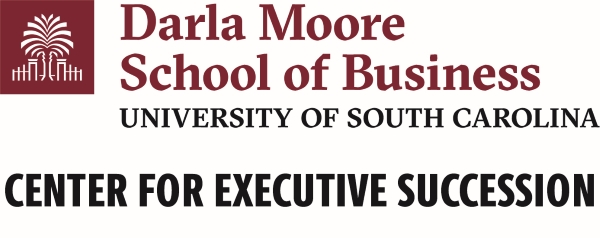Document Type
Report
Abstract
Part of the 2022 HR@Moore Survey of Chief Human Resource Ofcers focused on the management of three pools of talent: high potentials, executives, and potential CEO successors. In terms of identifying high potentials, CHROs reported that the most important aspect is ensuring a diverse pool of talent. They also noted that providing access to senior executives serves as the most efective development tool for high potentials. CHROs also noted the importance of tracking retention of high potentials. In terms of executives, the survey asked a number of questions to understand turnover issues among executive-level talent. CHROs expressed a high priority for identifying and having conversations with those they suspect to be at risk of leaving. They also engage in developing individual-level and company-level action plans to reduce turnover. In contrast to popular narratives about the great resignation, CHROs report that they have not seen increases in executive turnover, turnover due to burnout, and turnover among diverse talent. The biggest factors that CHROs are using to mitigate executive turnover include compensation, development programs, visibility with senior executives, and transparent career planning discussions. The survey also explored current assessment techniques used to evaluate both insider and outsider potential CEO successor candidates. In terms of insiders, they noted the most frequent use of 360-degree appraisals, performance histories/reviews, and engagement surveys. CHROs shared that a combination of these factors was the most efective mechanism, and that 360-degree appraisals was the most frequently mentioned specifc technique. To assess outsiders, behavioral interviews and reference checks are the most frequently used and the most efective techniques. Finally, in one of the more interesting fndings CHROs noted 4 themes in how CEO candidate assessment has changed over the previous 5 years. They use broader criteria (e.g., resilience and temperament), more formal processes (as opposed to subjective reactions to presentations and dinner), more quantitative and data-driven approaches (such as 360s and personality assessments), and greater use of third parties. The COVID-19 pandemic severely disrupted organizational processes. The movement to a predominantly virtual environment during the crisis caused companies to question common practices that were assumed to be the best way to approach high potential talent, executive talent and even potential CEO successors.
Publication Date
2022
Disciplines
Business
Copyright
© 2022, University of South Carolina
Publication Info
2022.


